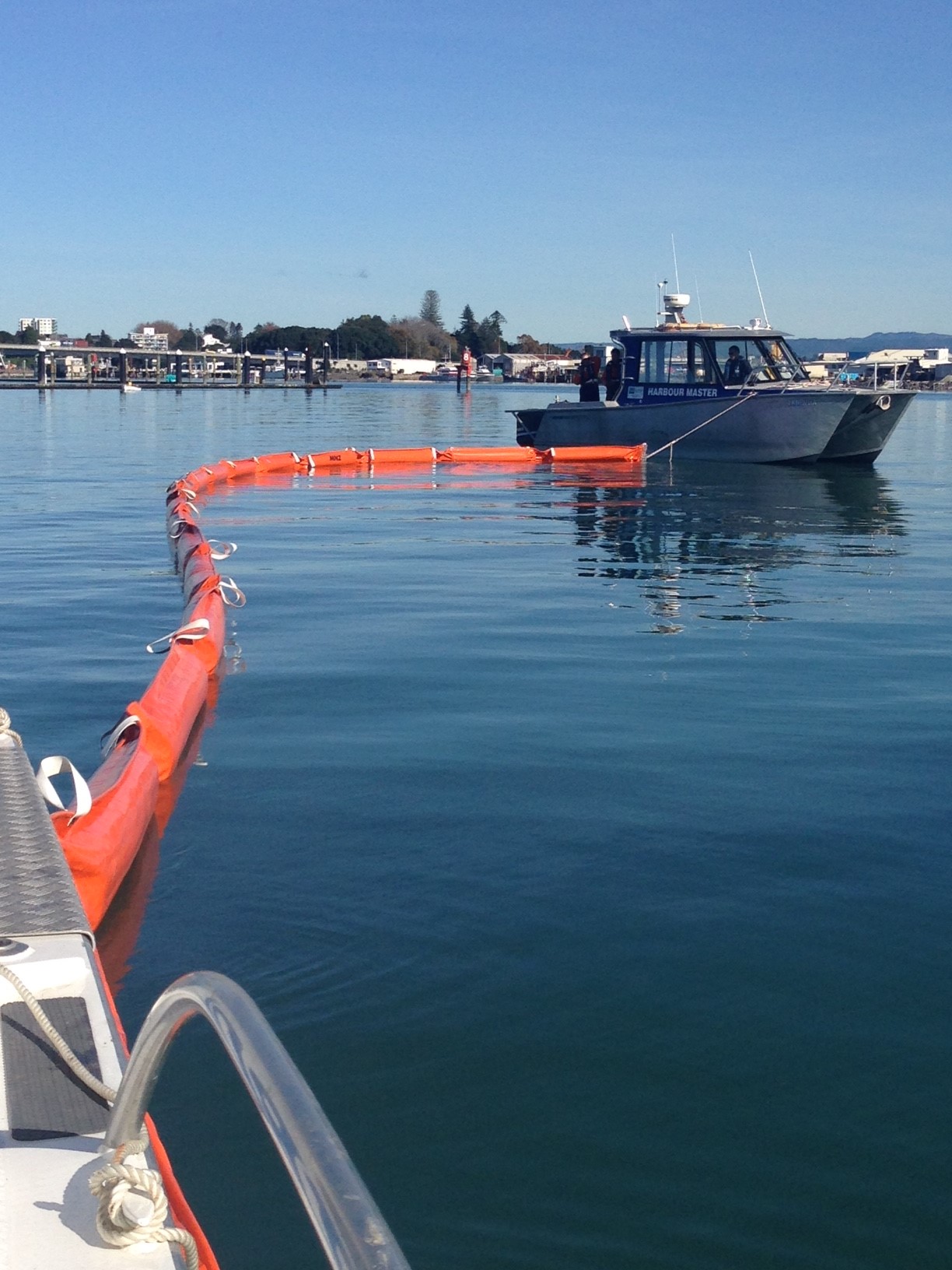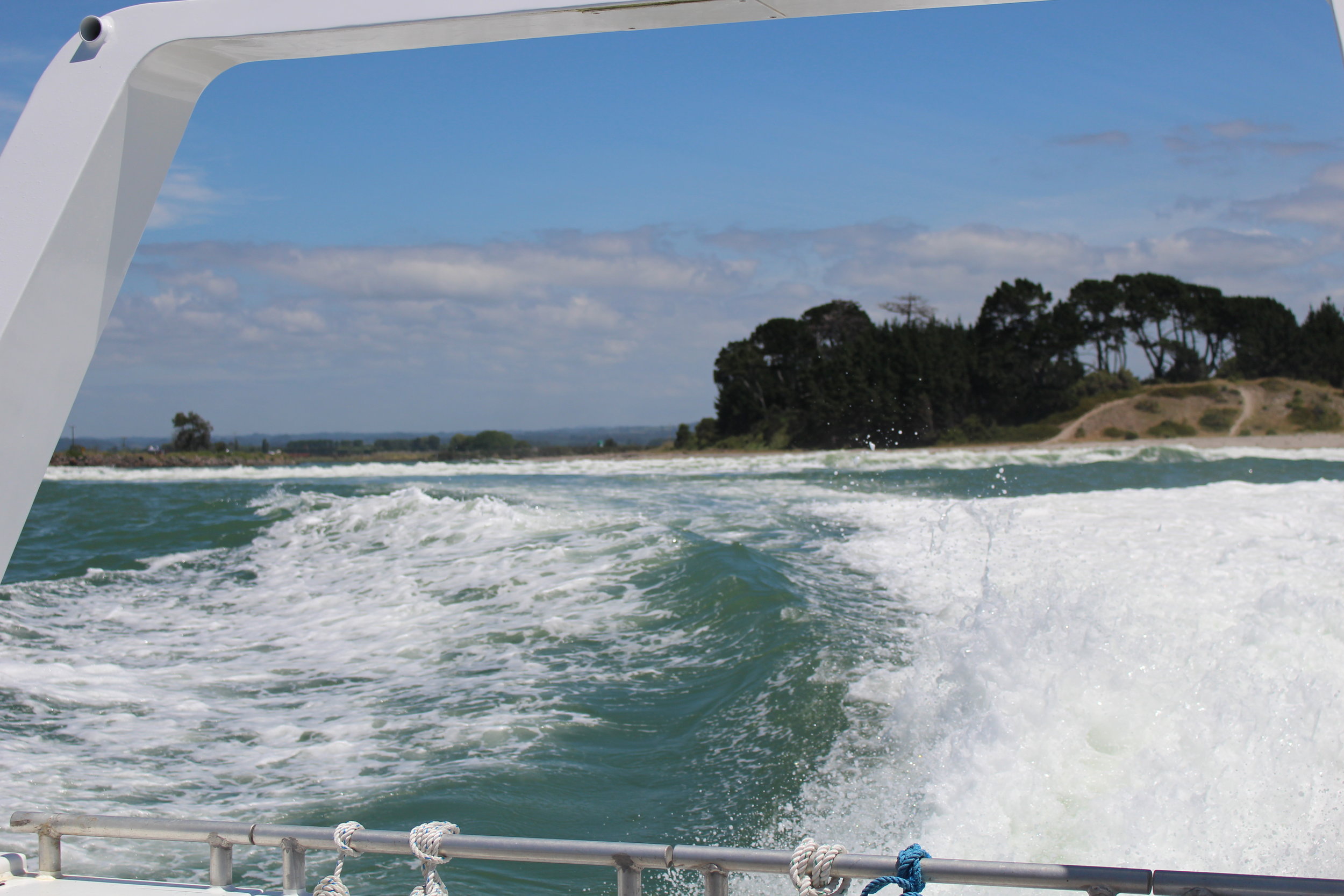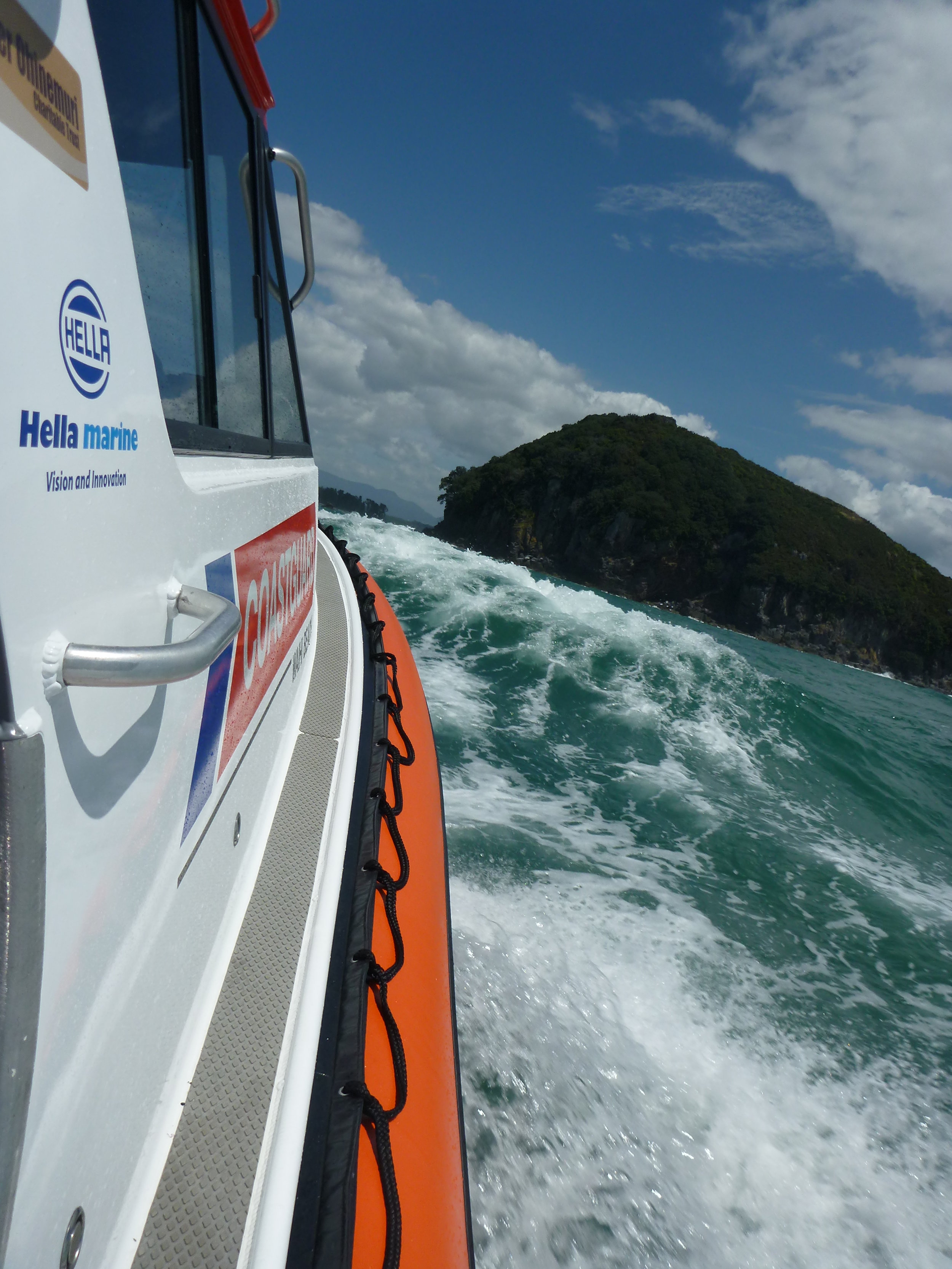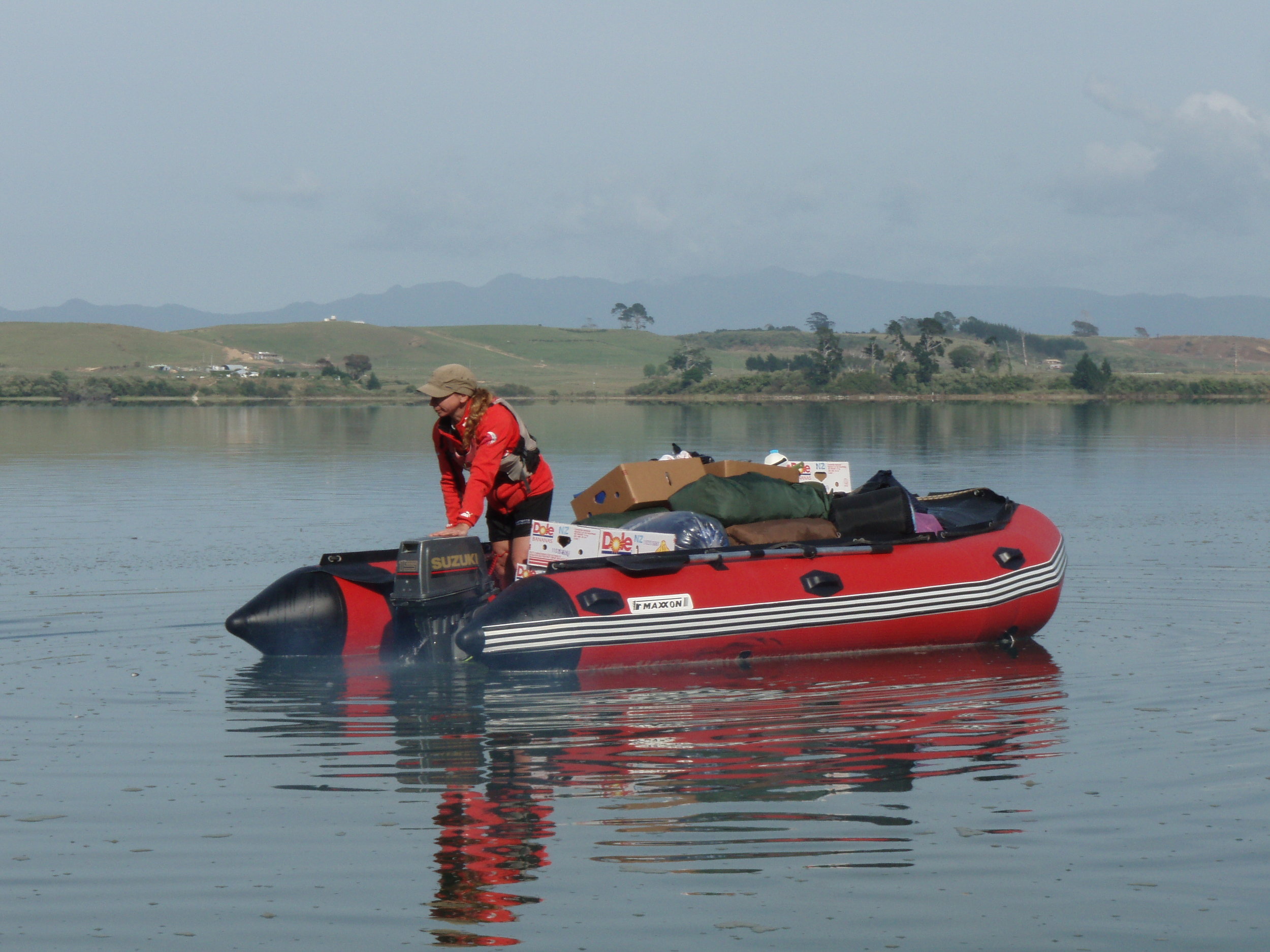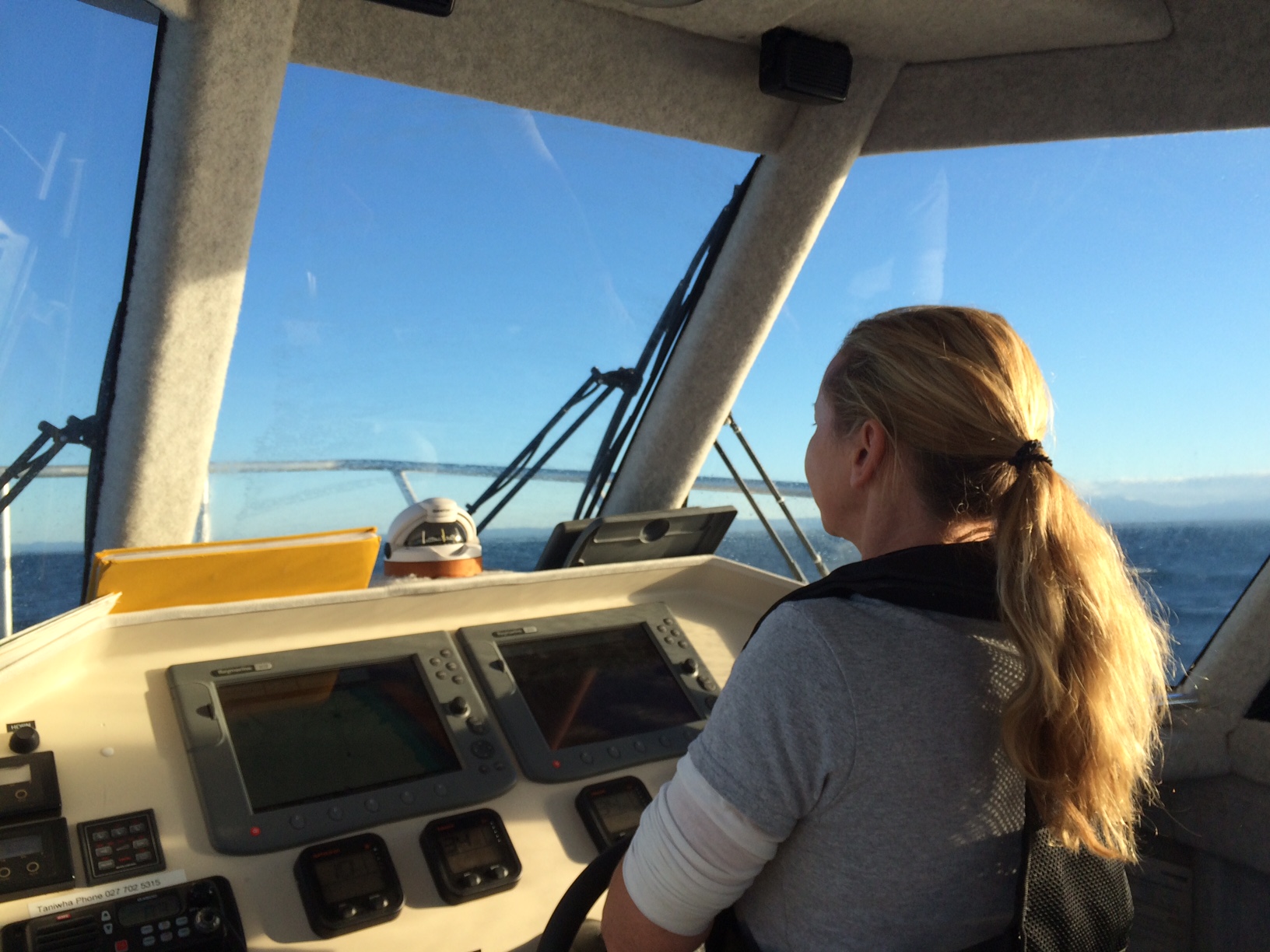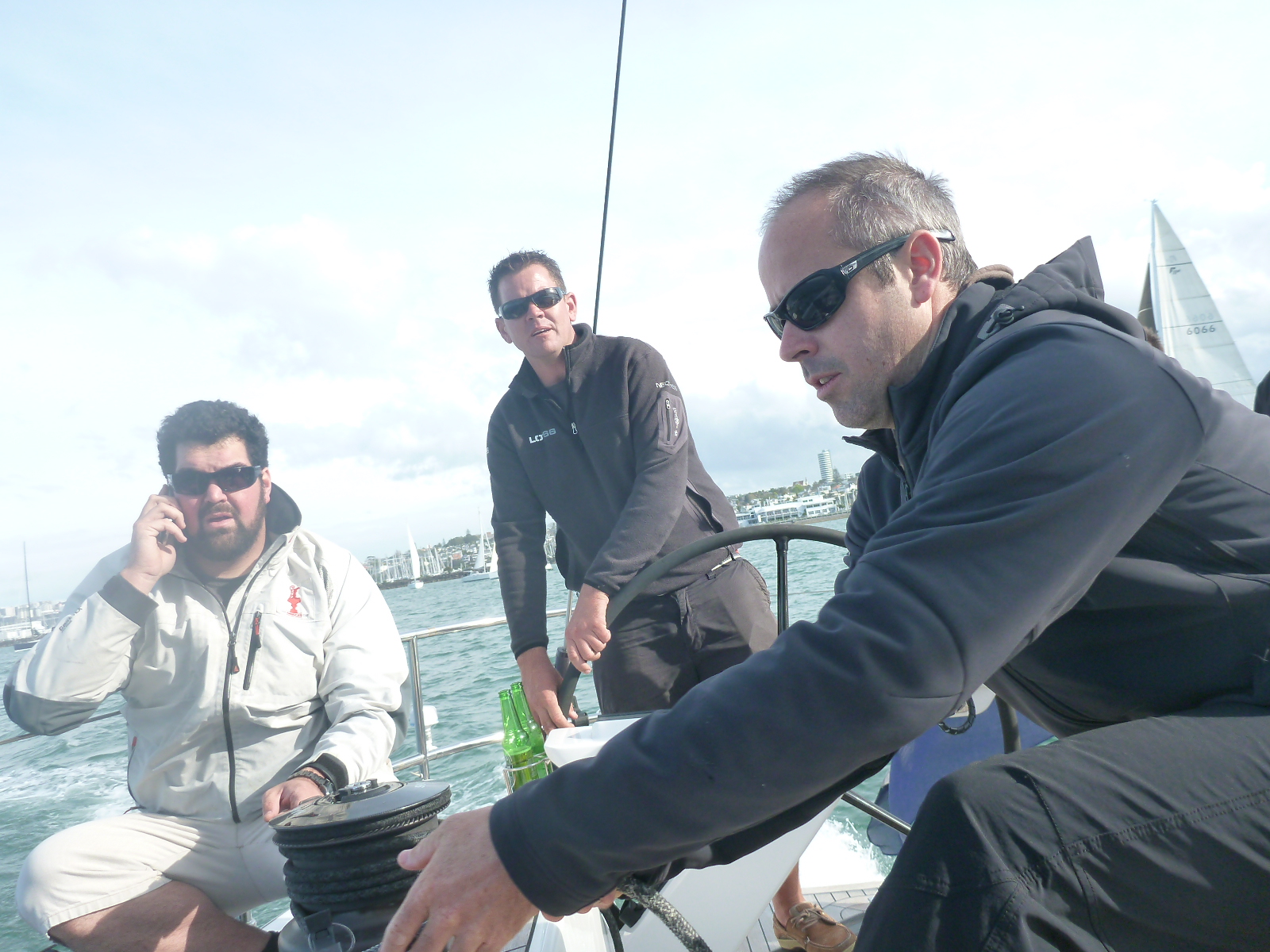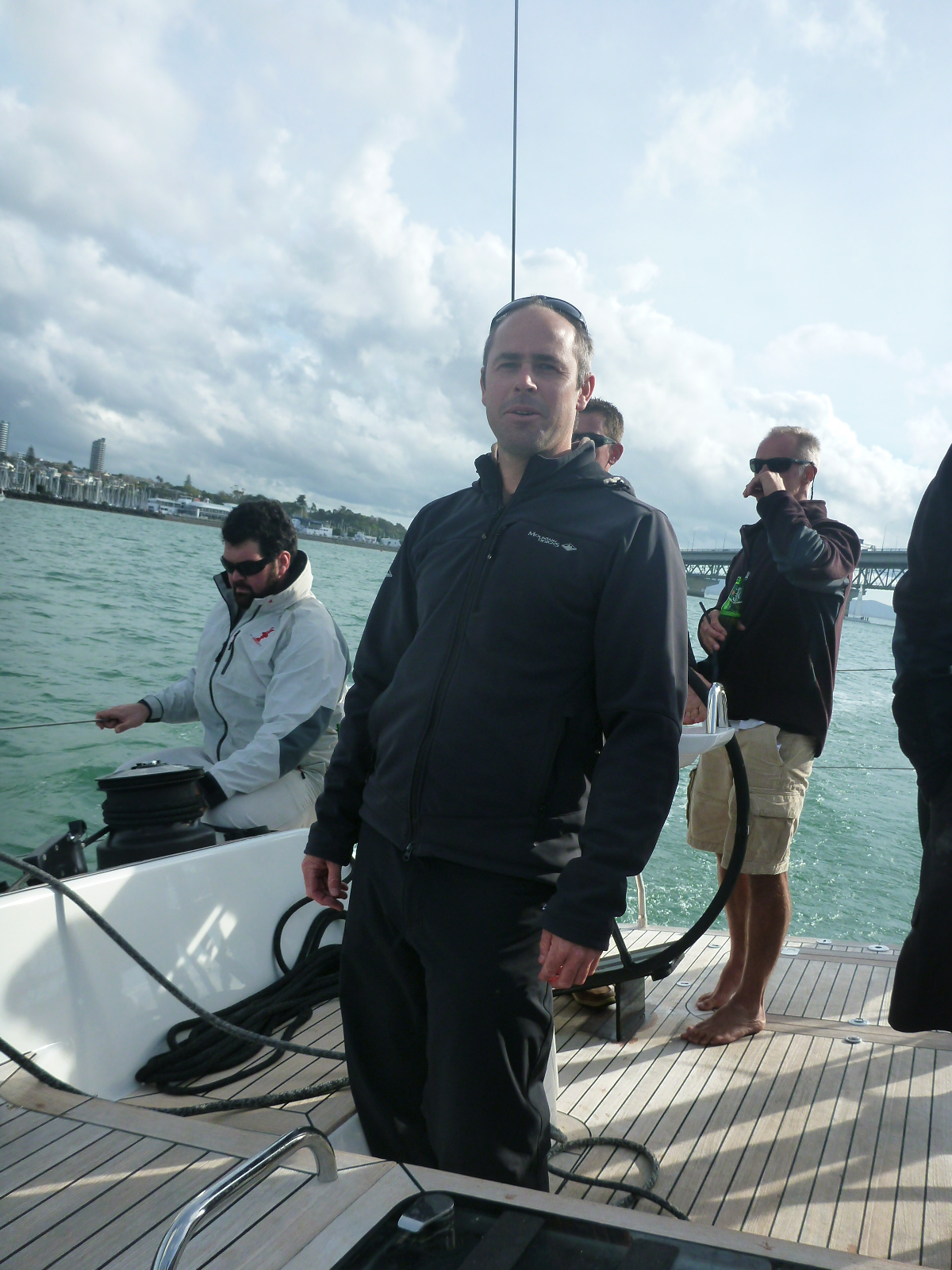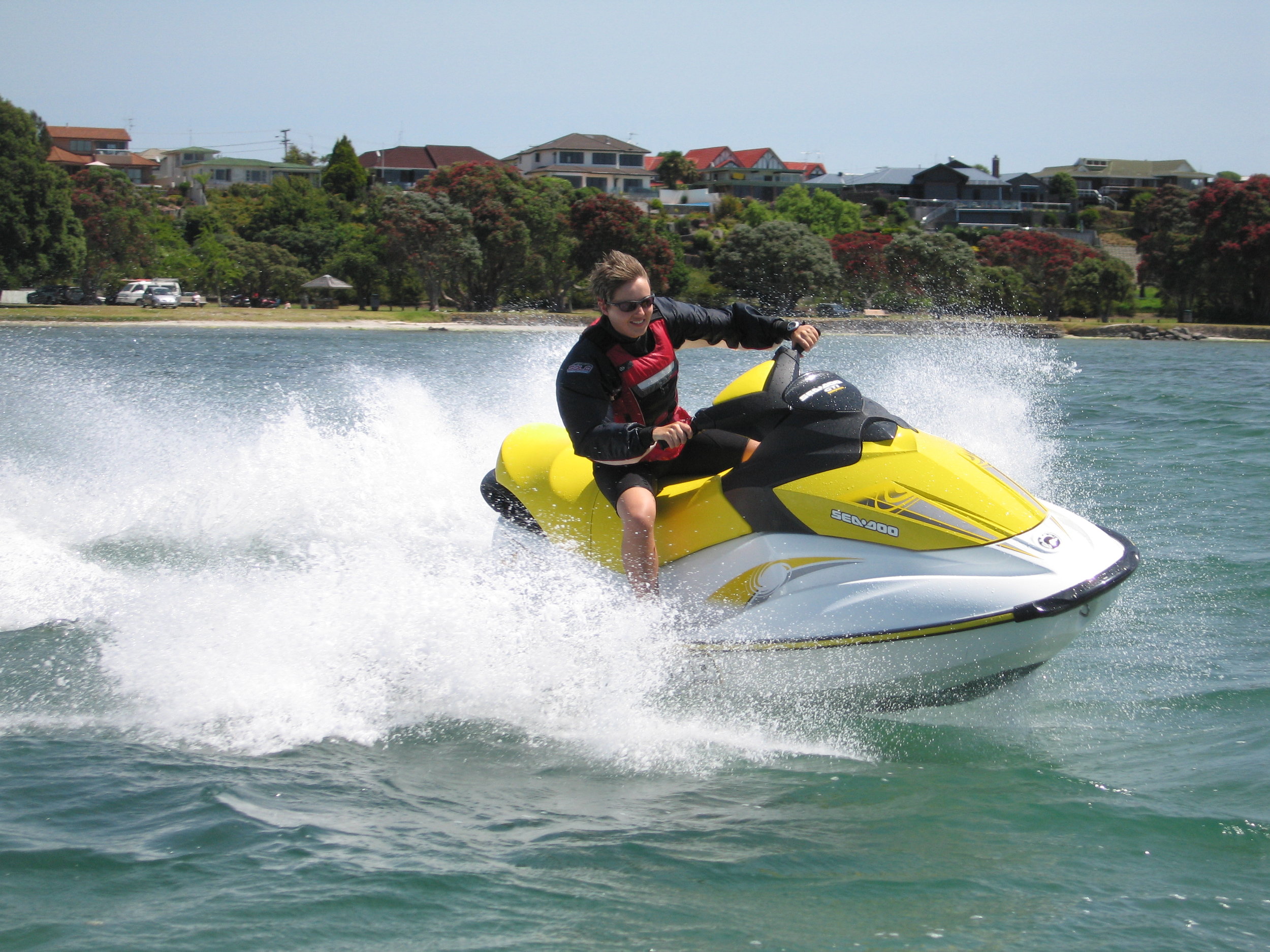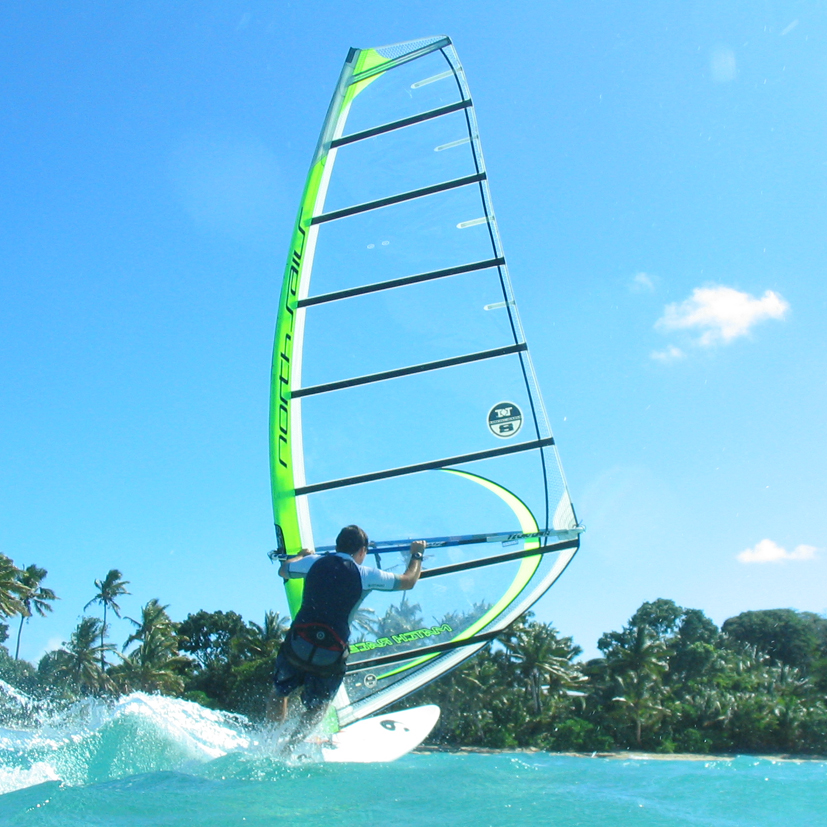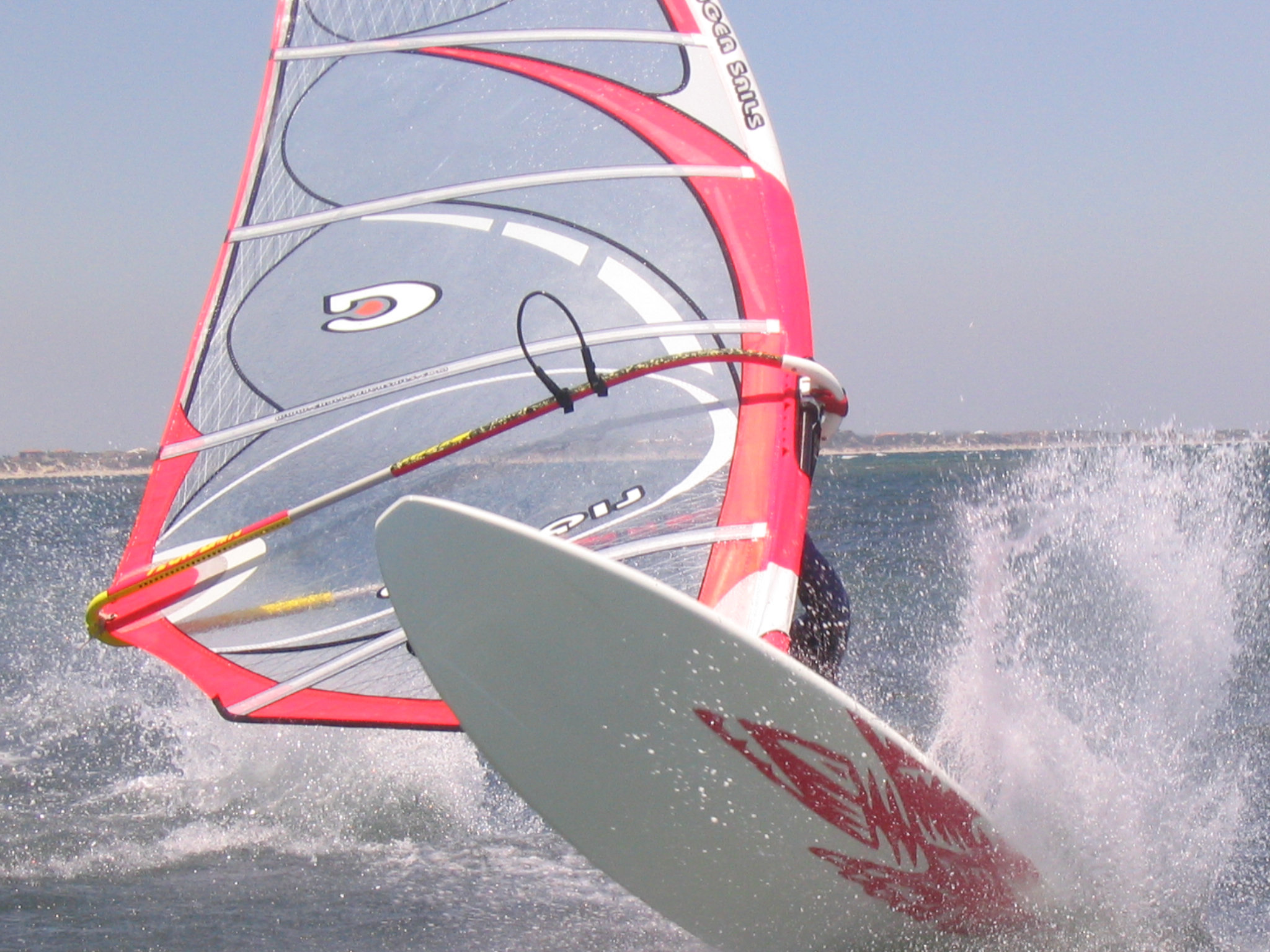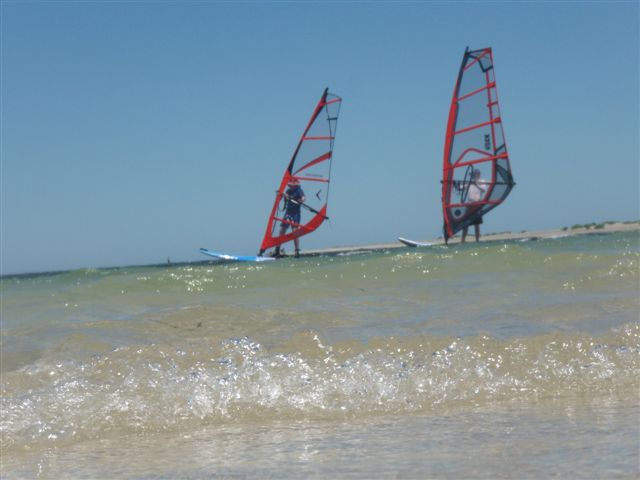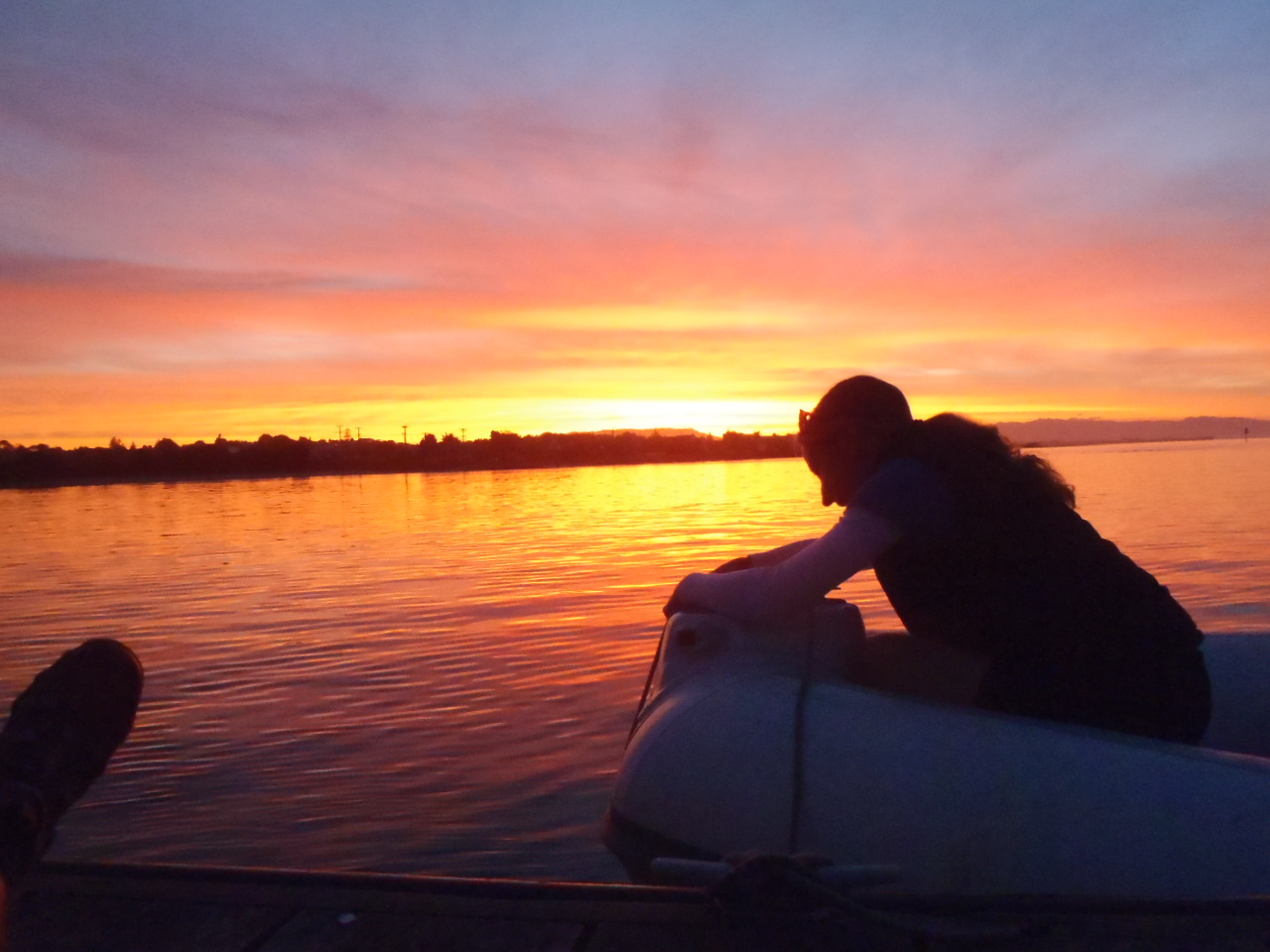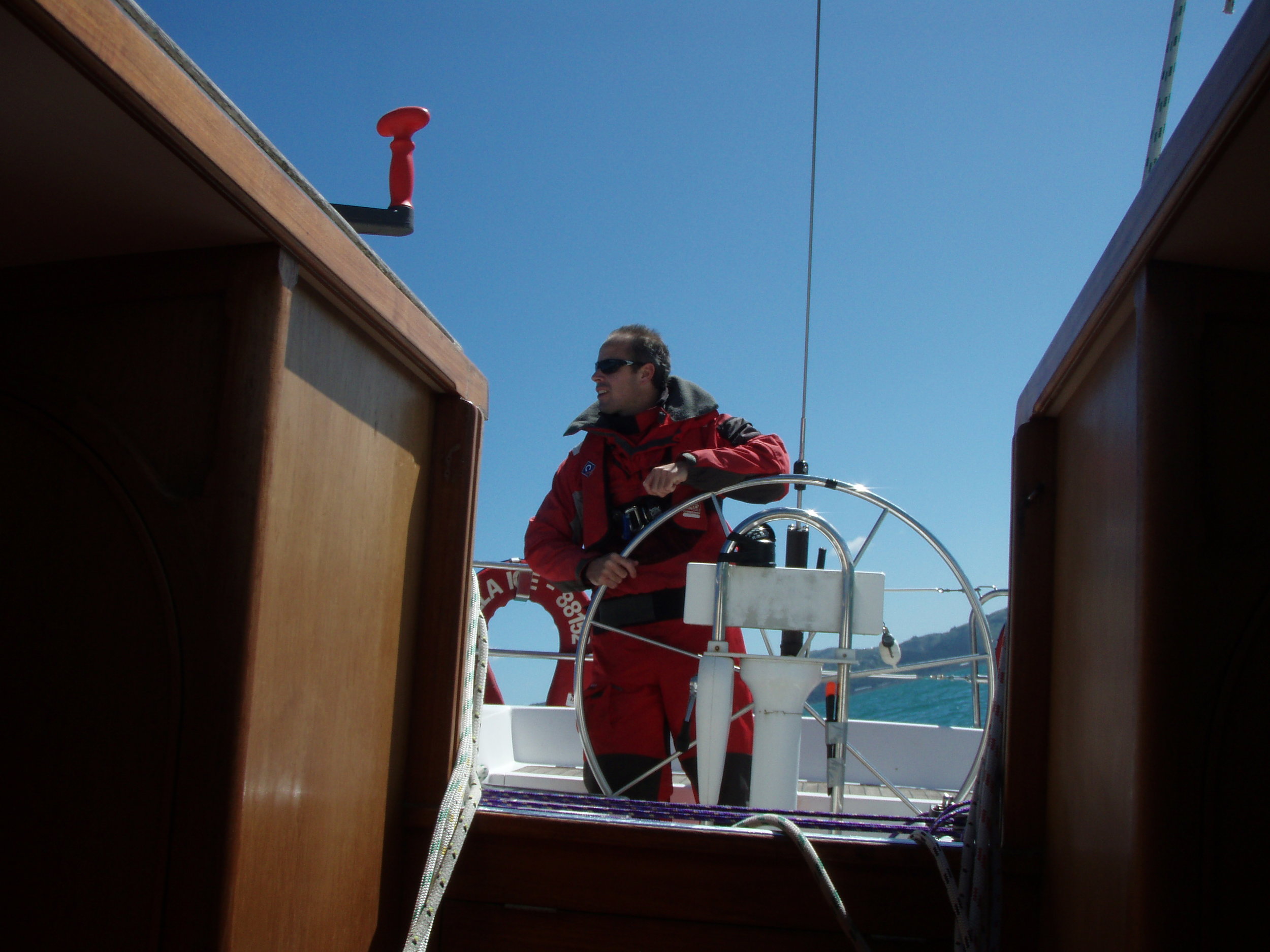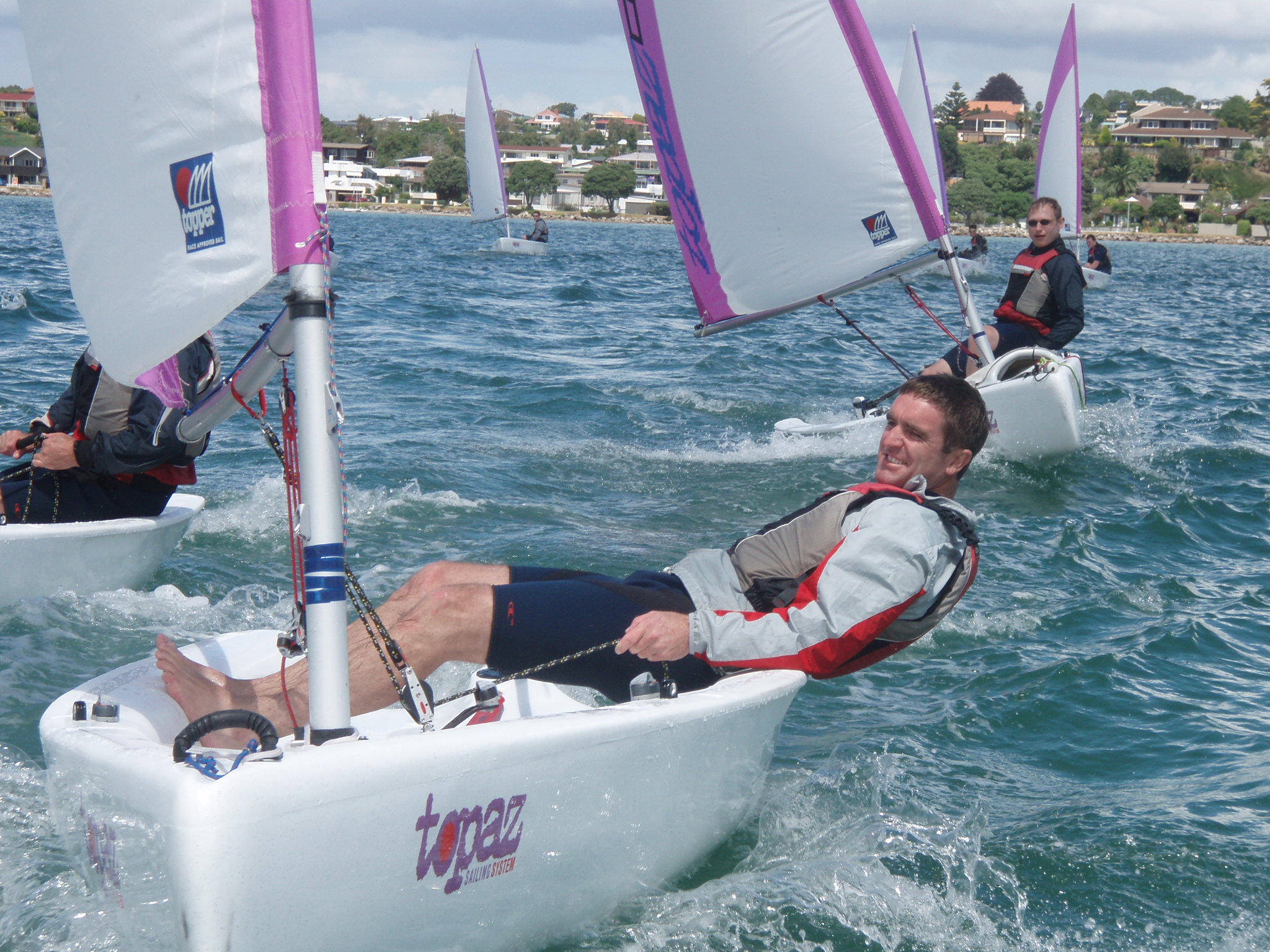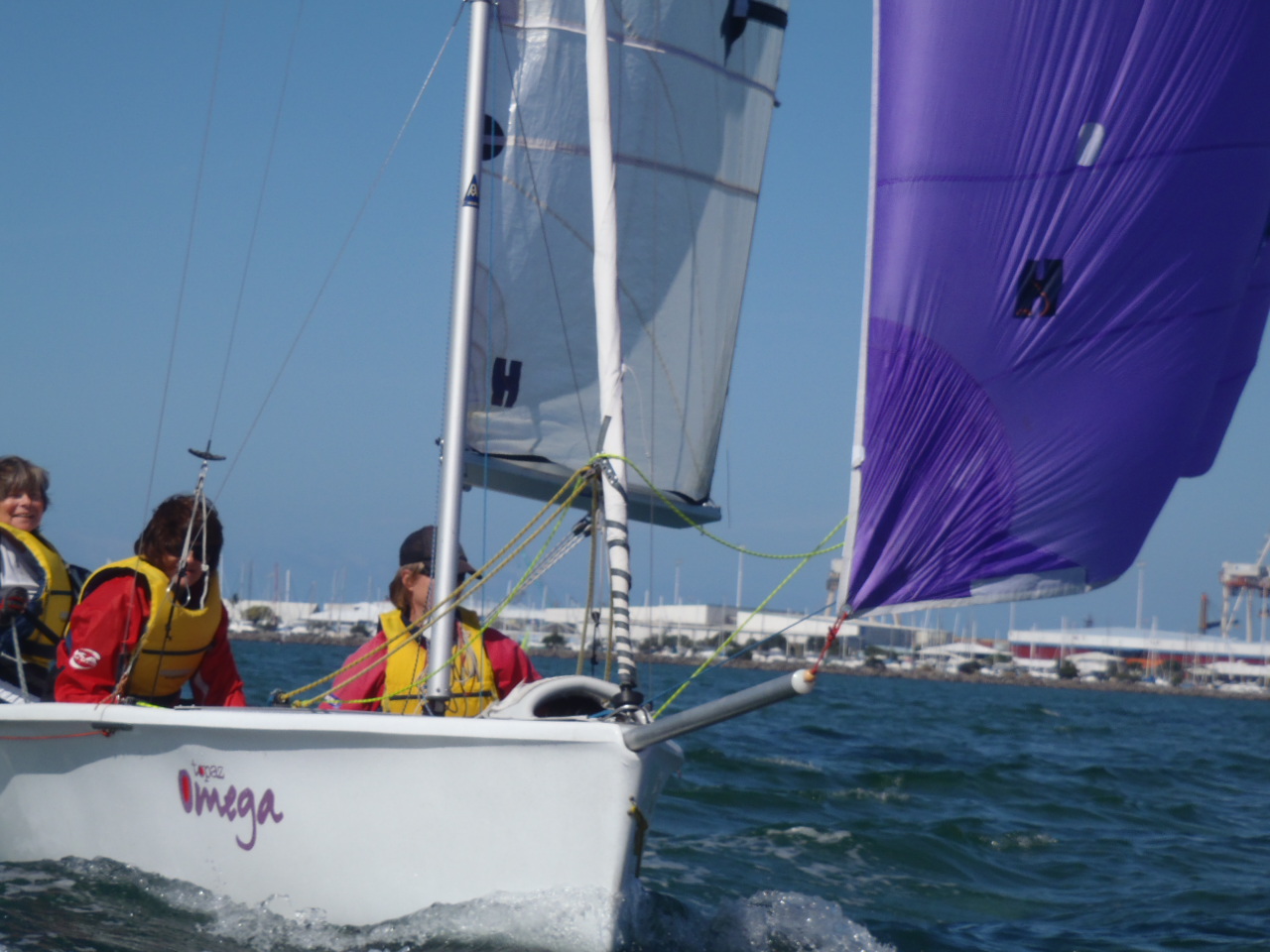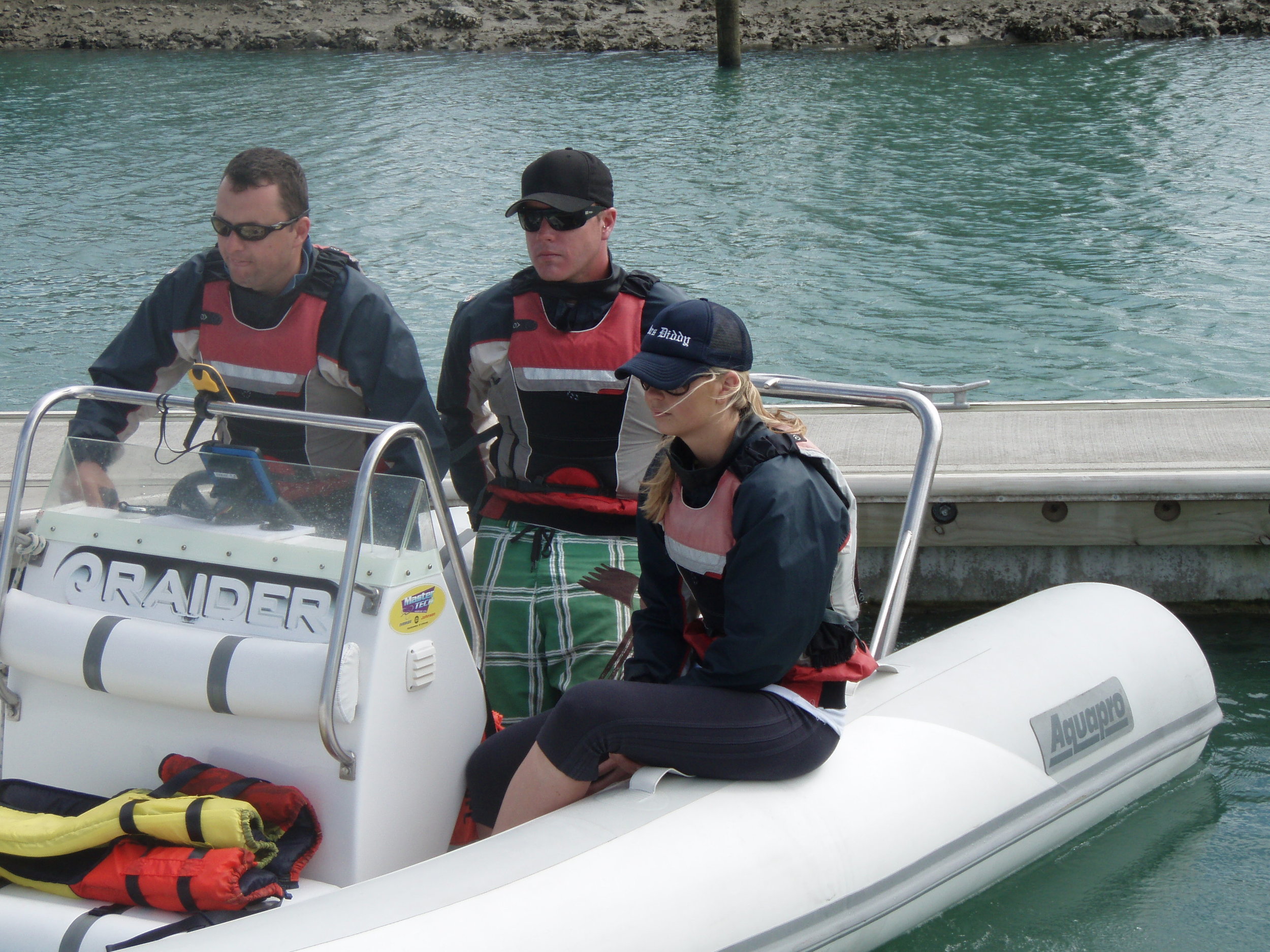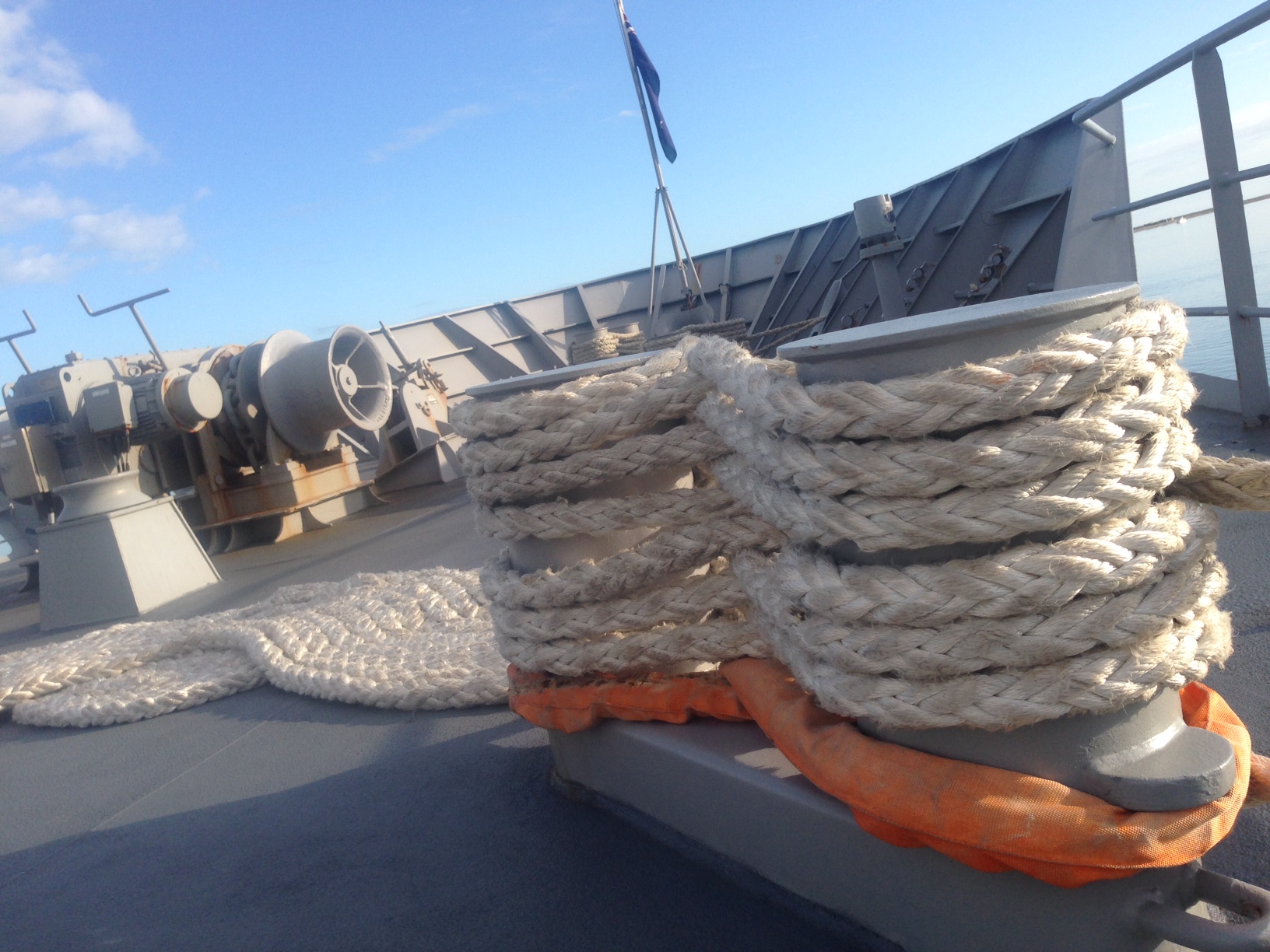Thanks to Topaz from Oceanz1
/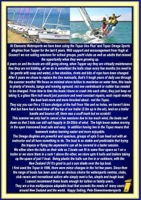
At Elements Watersports we have been using the Topaz Uno and Omega dinghies from Topper for the last 6 years. With support and encouragement from Hugh at Oceanz1 we run sailing session for school groups, yacht clubs as well as adults that missed the opportunity when they were growing up.
6 years on and the boats are still going strong, when Topper say they are virtually maintenance free they are not kidding, all we do is waterblast the hulls clean every few months (no need to be gentle with soap and water), a few shackles, rivets and bits of rope have been changed. After 5 years we chose to replace the Topaz mains, that’s 5 tough years of daily use through the summer months!
We focus on minimal shore tuition to maximise on water time, this leads to plenty of knocks, bangs and running aground. not one centreboard or rudder has needed to be changed. From time to time the boats t-bone or crash into each other, they just keep on taking it, a glass fibre hull would just puncture and need constant repairs, each repair making the boat look more and more knocked about - not the topaz.
They say you can fire a 12 bore shotgun at the hull from 10m and no holes, we havn't done that but have had a boat blow off the top of our trailer (3.5m up in the air), land on a trailer handle and bounce of, there was a scuff mark but no scratch!
This summer we only had to cancel a few sessions due to too much wind, the boats reef down so that 2 kids can still sail happily in 20-25kts of wind. The high boom makes moving in the open transomed boat safe and easy. In addition having two in the Topaz means that teamwork makes learning easier and more enjoyable.
The Omega dinghies are powerful and spacious, groups of upto 5 can head out with an instructor and all have something to do. The boat is so stable and predictable that trying the trapeze or flying the asymmetric can all be covered in taster session.
We either store the hulls on their side so 3 boats can fit in same floor space as 1 on a trailer or we store them in a rack 1 above the other, we store upto 6 hulls and trailers taking up the space of just 1 boat. Being plastic the hulls can live in or outdoors, with the New Zealand UV it's good to put a sun shade over the top boat.
I first used the Topaz in 1996, there were minor changes in the 1st few years. Since then the range of boats has been used as an obvious choice for watersports centres, clubs and recreational sailors who simply want a fun, simple and tough boat.
I cannot recommend these boats enough for tuition or family users. They are a true multipurpose adaptable boat that exceeds the needs of many users around New Zealand and the world.
Happy Sailing
Pete
Elementswatersports.co.nz

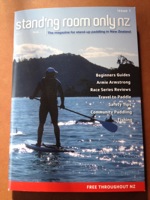 If you've not got your hands on one of these great mags yet then send us an email.
Check out the online mag standingroomonlynz.co.nz
If you've not got your hands on one of these great mags yet then send us an email.
Check out the online mag standingroomonlynz.co.nz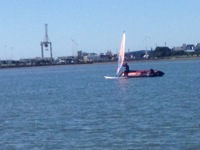 Here Alex uses his windsurfer rather than the engine to move the safety boat to deeper water.
Just another fuel saving tip from Elements Watetsports
Here Alex uses his windsurfer rather than the engine to move the safety boat to deeper water.
Just another fuel saving tip from Elements Watetsports
